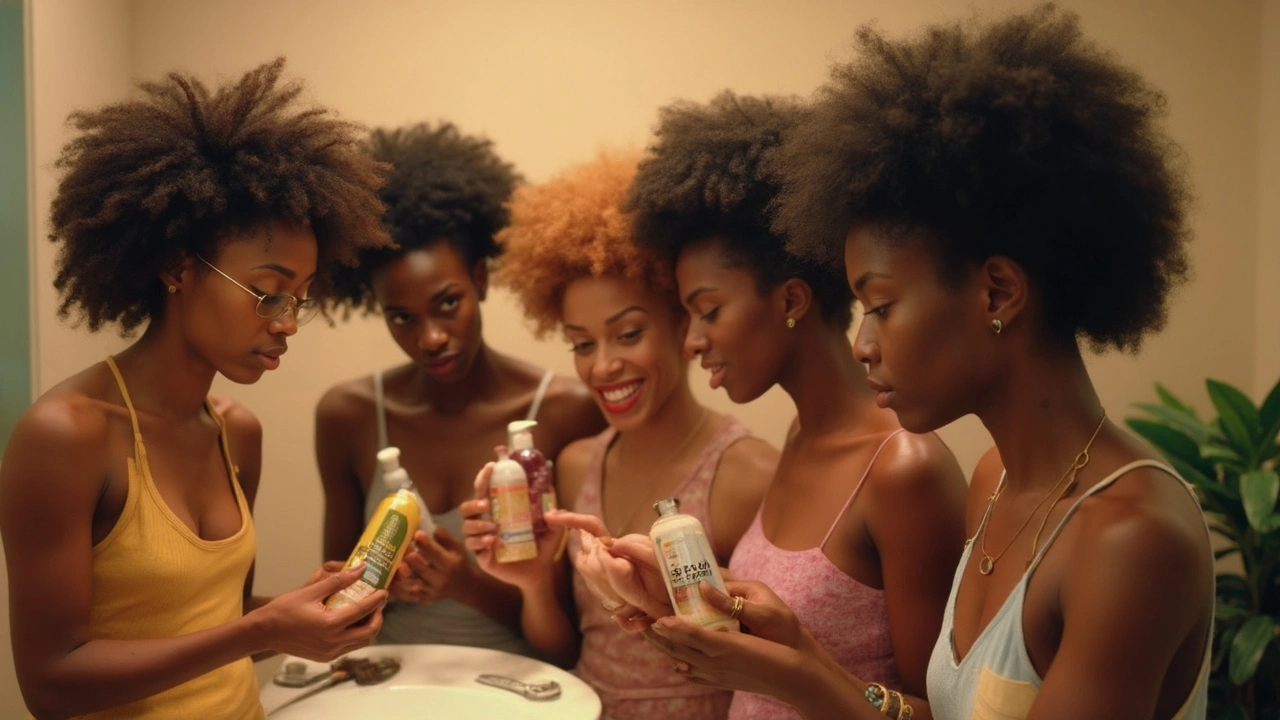Ethnic Hair Care Made Simple: Real Tips for Real Results
If you’ve ever felt overwhelmed by the sea of hair advice online, you’re not alone. Ethnic hair—whether it’s tight curls, loose waves, or anything in between—has its own set of needs. The good news? You don’t need a chemistry degree to keep it looking great. Below are straightforward steps you can add to your routine right now.
Moisture Is Your Best Friend
Dryness is the number‑one issue for most textured hair. Start by swapping regular shampoo for a low‑sulfate or co‑wash product. These formulas clean without stripping the natural oils that keep your strands supple. Follow up with a rich conditioner that lists butter, oil, or shea as the first ingredients. After rinsing, apply a leave‑in moisturizer while the hair is still damp—this locks in the water you’ve just added.
Don’t forget the weekly deep‑condition. Look for a mask that contains ingredients like avocado oil, honey, or glycerin. Apply it, cover with a shower cap, and let the heat from your head steam work its magic for 20‑30 minutes. You’ll notice less breakage and softer texture after just one session.
Protect Your Hair While You Sleep
Nighttime is when a lot of damage happens—cotton pillowcases can cause friction, and loose hair can snag on bedding. Switch to a silk or satin pillowcase, or wrap your hair in a silk scarf. This simple change reduces snagging and helps maintain moisture.
When it comes to styling, keep tension low. Tight braids, ponytails, or buns can pull at the scalp and lead to traction alopecia. Opt for loose styles and use gentle hair ties (think fabric or spiral‑shaped) instead of rubber bands.
Pick Products That Match Your Texture
Not every product works for every curl type. If you have coarse, tightly coiled hair, look for heavy but non‑greasy oils like castor or jojoba. For looser waves, lighter formulas with aloe or coconut water work better. Test a small amount first—if it feels heavy or leaves residue, it’s probably not a match.
Read the ingredient list. Avoid alcohols labeled “isopropyl” or “SD alcohol” because they dry out the hair shaft. Instead, seek out fatty acids, protein (like hydrolyzed keratin), and humectants—all of which help repair and retain moisture.
Healthy Lifestyle Boosts Hair Growth
What you eat shows up on your scalp. Include protein‑rich foods (fish, beans, nuts) and omega‑3 fatty acids (salmon, flaxseeds) in your diet. These nutrients support follicle health and can reduce shedding. Staying hydrated also keeps the hair shaft pliable, so aim for at least eight glasses of water a day.
Stress can trigger hair loss, too. Even a quick 5‑minute breathing exercise or a short walk can lower cortisol levels and keep your growth cycle on track.
By combining these practical steps—moisture, protection, right‑fit products, and a balanced lifestyle—you’ll see stronger, shinier ethnic hair without the guesswork. Remember, consistency beats occasional deep‑conditioning. Stick with a simple routine, adjust when your hair’s needs change, and enjoy the natural beauty of your texture.






